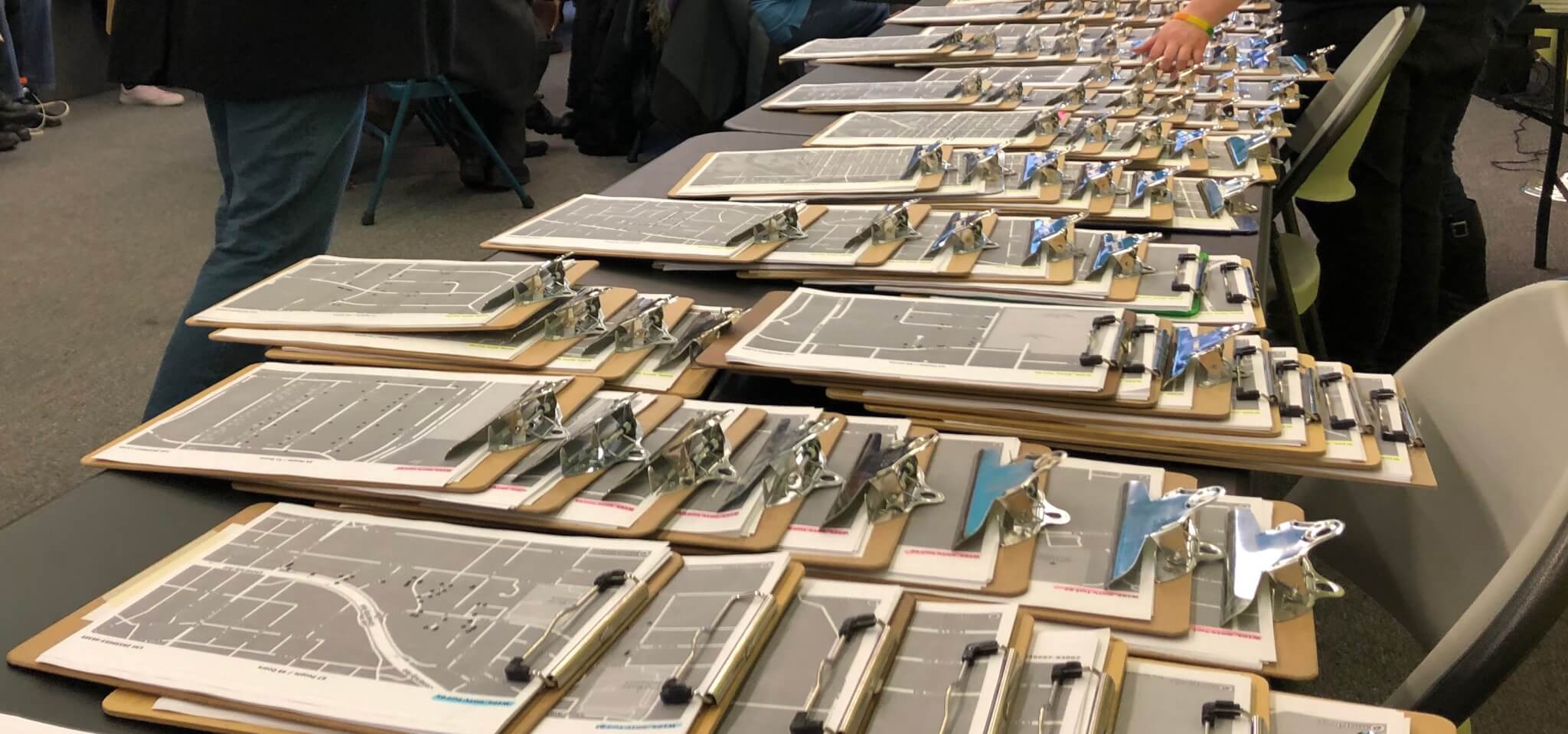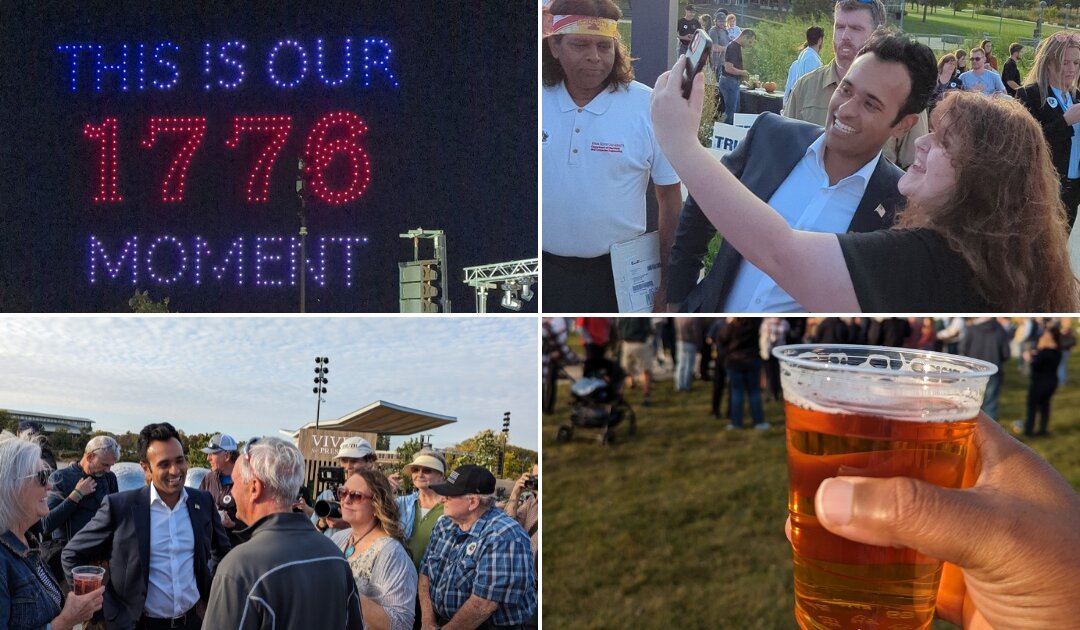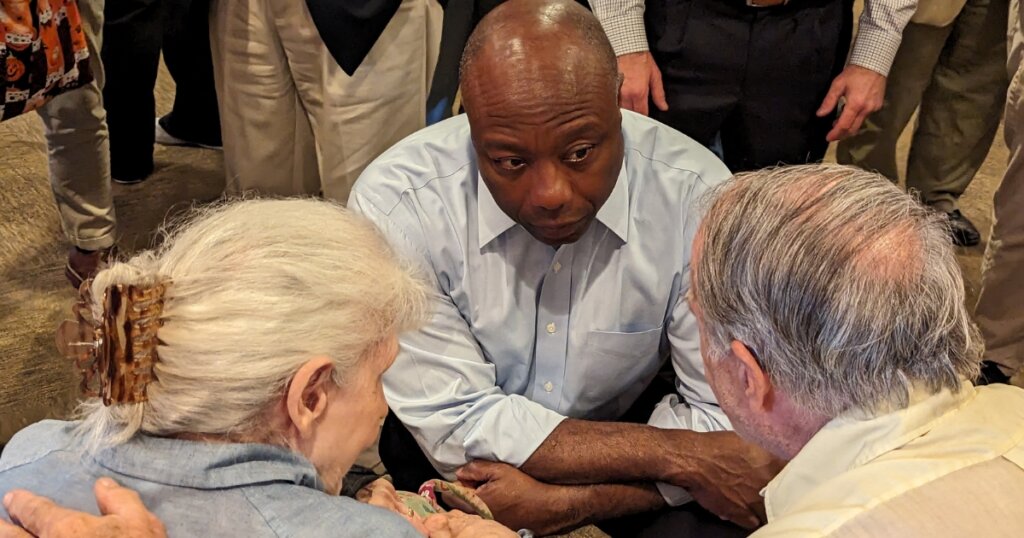
A guest post from Rose Clouston, the Director of Online Training at the National Democratic Training Committee.
With a new Democrat announcing their presidential campaign every week, the primary election is shaping up to be a long, drawn-out process. To have any realistic hope of emerging as the nominee, you have to scale from a small team of senior staff to a national movement with thousands of staff and volunteers in a matter of months.
Most people assume presidential campaigns operate with endless financial and staffing resources. The truth is every campaign, even the most well funded, has limited time, money, and people. In a crowded field, these resources are even more scarce, and campaigns have to make sacrifices in each area to run an effective operation.
When you combine this with a presidential campaign’s need to scale quickly, you run the risk of decline in quality of the campaign team who can make or break you.
To be the nominee, you can’t afford that setback. You need to run a cohesive campaign. A campaign where staff in Iowa are at the same level as the staff in Washington and everyone is working as one integrated unit.
But, in a world of limited resources and even less time, how do you do this?
You employ one of the most powerful tech innovations presidential campaigns have yet to take advantage of:
Online training.
While online training isn’t the sexy, headline topping tech trend most campaigns are scrambling to find and adopt, it is the one that will build the operational strength needed for success.
[inline-ad id=”0″]
Online training gives campaigns the opportunity to save thousands of hours and millions of dollars. It supports campaign staff across the country and at every level who are better skilled, prepared, and effective than ever before.
Leading companies and universities took their teaching online years ago. Our world’s biggest and most well-respected global brands use online training to teach on a mass scale at minimal cost.
The political world is a decade behind these organizations when it comes to its use of online learning platforms to optimize success and reduce campaign spending.
It’s time to expand the reach of online training within politics and unlock its potential.
The opportunities available for campaigns who adopt online training are endless and substantial.
[inline-ad id=”2″]
Look at VoteBuilder, the software most Democratic presidential campaigns rely on to power their ground game. As an essential part of a campaign, it is something staffers and volunteer leaders need to be trained on to use.
Combine this with the popular distributed organizing model President Obama’s campaign used, which gives local volunteers considerable autonomy to organize their community in support of the candidate, and you end up with hundreds of staff hours dedicated to training teams how to use the software.
There are already reports that in Beto O’Rourke‘s campaign, distributed organizing will be a key`part of his strategy — and he’s unlikely to be the only one. Volunteer leadership in these areas will need to be trained on how to use VoteBuilder, which puts a tremendous strain on a campaign’s time and people. Organizers on past presidential campaigns have spent hundreds of hours training volunteers to use this platform.
In the 2016 Iowa caucuses, Hillary Clinton had over 100 field organizers in charge of leading their voter contact efforts. To be effective, field staffers had to use VoteBuilder and be trained to do so.
If it takes a staffer an average of two hours to be trained, and trainers are paid about $50 an hour, it costs the campaign $100 per staffer. Across the state, the campaign has to spend $10,000 just to train on VoteBuilder. Scale that across the country and we’re easily over $300,000.
And that’s just VoteBuilder. Just one software.
[inline-ad id=”1″]
When you take into account all of the other onboarding training campaign staffers and volunteers need, campaigns spend countless staff hours and millions of dollars.
Online training solves this problem.
This past fall, the National Democratic Training Committee, who provides online training on how to run for office to candidates and their campaign staff, rolled out the first-ever interactive, on-demand training of the VoteBuilder database. Campaigns can now use this online course to train thousands of staff and volunteers on this critical program, quickly, effectively, and for absolutely free.
A staffer can log on from anywhere in the country and do the training whenever is convenient for them — whether it be 1 p.m or 3 a.m. Anyone who has ever worked on a campaign knows this type of time flexibility is crucial. Creating and using online training allows a campaign staff to take the training when they can and as it’s needed.
Multiplied by all trainings needed to build an effective campaign team, it’s easy to see how online training quickly changes the game.
I’m not suggesting that online training completely replace traditional in-person onboarding and training. There are definitely skills that are best taught — and practiced — in person. However, many parts of the onboarding process and many types of volunteer training can be done effectively — and even better than in-person — online.
In a crowded field, every campaign looks for a way to be better than their competitors. If they want to save their limited time, money, and human resources, online training is the smartest, most strategic way to equip staff and volunteers with the tools they need to succeed.
And it’s the secret weapon currently sitting under the radar.
The 2020 presidential campaigns that make this “boring” tech strategy the backbone of their organization efforts will ultimately be the ones to survive through the primaries and have the best shot of making it to the general election.
By Rose Clouston
Posted 4/15/19

Original, heels or boots: Pritzker says leading Republicans are all MAGA
Illinois Gov. JB Pritzker said all three leading candidates in the Iowa GOP caucus—Donald Trump, Nikki Haley, and Ron DeSantis—represent the same...

Trump tells supporters it is worth dying to caucus for him
Former President Donald Trump continues to encourage his massive base to turn out in droves for him during Monday’s Republican caucus and told an...

Climate change protesters disrupt Ron DeSantis event
Climate protesters disrupted a Gov. Ron DeSantis campaign event in Ames on Thursday night. Three protesters were escorted out of the room at...

Evangelical leaders predict huge caucus turnout, downplay endorsements
Iowa caucus candidates have racked up big-name endorsements—including a notable last-minute flip flop—but one evangelical leader said none of that...

We went to Vivek Ramaswamy’s ‘Vektoberfest.’ Here’s what we saw
As I sat on a park bench eating a bacon-grilled cheese sandwich, drinking an Exile Ruthie straight from the tap, and chit-chatting with a few folks,...

Tim Scott says kids need more exposure to conservatism
While many Republicans across the country have spent the last few years arguing that public schools are being used to indoctrinate kids into leftist...




